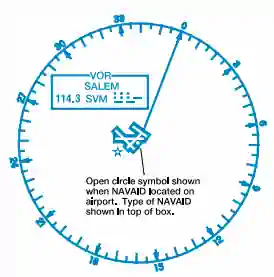Navigation & Flight Planning
Various types of air navigation aids help pilots plan to navigation through the national airspace system.
Introduction
Introduction
- Various types of air navigation aids are in use today, each serving a special purpose
- Be aware of the possibility of momentary erroneous indications on cockpit displays when the primary signal generators for a ground-based navigational transmitter is inoperative
- Disregard any navigation indication, regardless of its apparent validity, if the particular transmitter was identified by NOTAM or otherwise as unusable or inoperative
- These aids have varied owners and operators, namely: the Federal Aviation Administration (FAA), the military services, private organizations, individual states and foreign governments
- The FAA has the statutory authority to establish, operate, maintain air navigation facilities and to prescribe standards for the operation of any of these aids which are used for instrument flight in federally controlled airspace
- These aids are tabulated in the Chart Supplement U.S.
Flight Plans
Flight Plans
- Flight plans are a result of the deliberate planning process which results in a tool for both the pilot and Air Traffic Control
- Completed and filed on the FAA Form 7233-1, flight plans provide basic times and locations to track flights and manage traffic
- Flight plans come in a variety of forms:
-
Civilian Flight Plans:
-
Military Flight Plans:
-
International Flight Plans:
-
IFR Alternate Airports
IFR Alternate Airports
- IFR alternate airport data is published in the U.S. Chart Supplement
Conclusion
Conclusion
- The FAA provides reliable data within the U.S.
- Outside of the U.S., the FAA disclaims that pilots must refer to charts from host countries for situational awareness for detailed and accurate non-U.S. data
- Inaccuracies internationally result form non-timely data received by the FAA from the host nation and incompatibility with some services like the Notice to Air Mission system
- Courses are available such as the AOPA's Air Safety Institute Know Before You Go - Navigating Today's Airspace
- Still looking for something? Continue searching:
- Resources, such as AOPA's Know Before You Go: Navigating Today's Airspace, is available to help learn about the national airspace system and how to best navigate through it
- Global Air provides suggestions on international flight requirements
References
References




